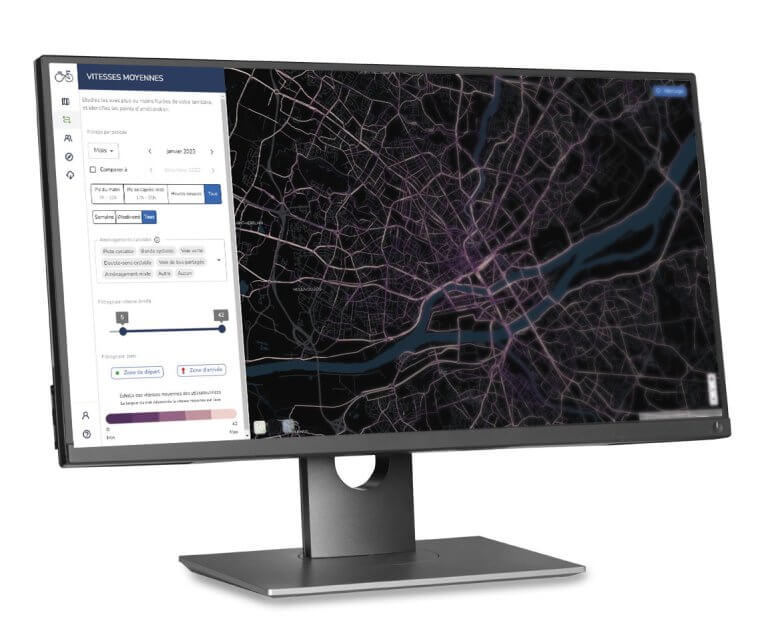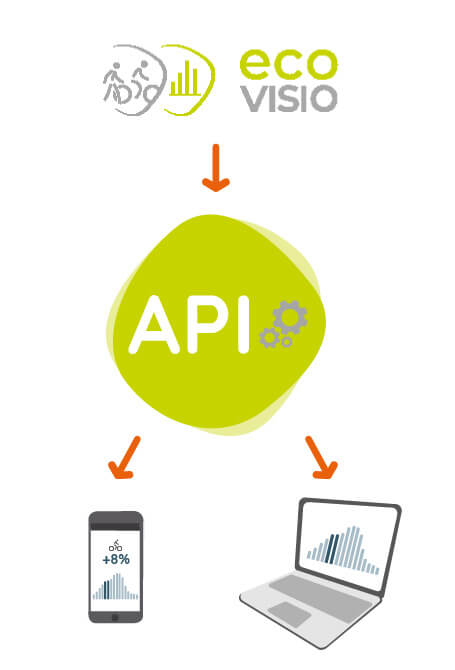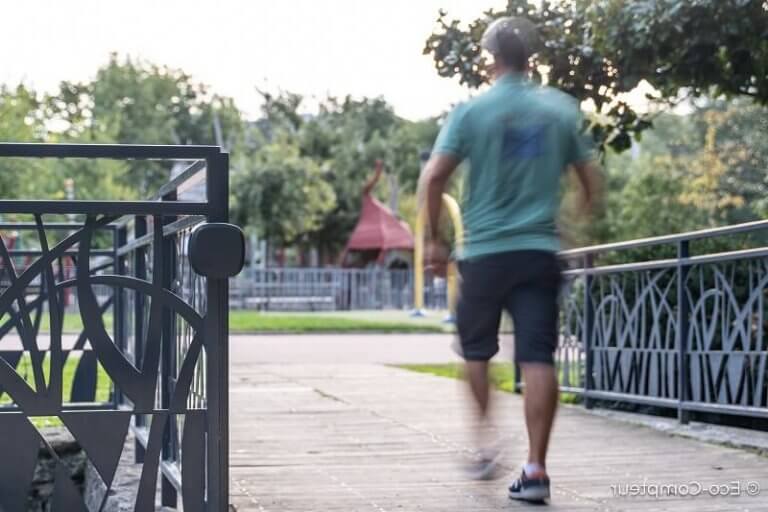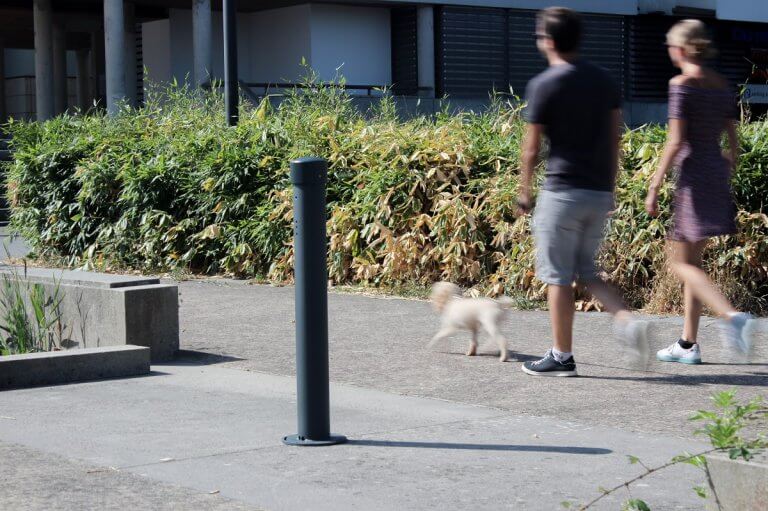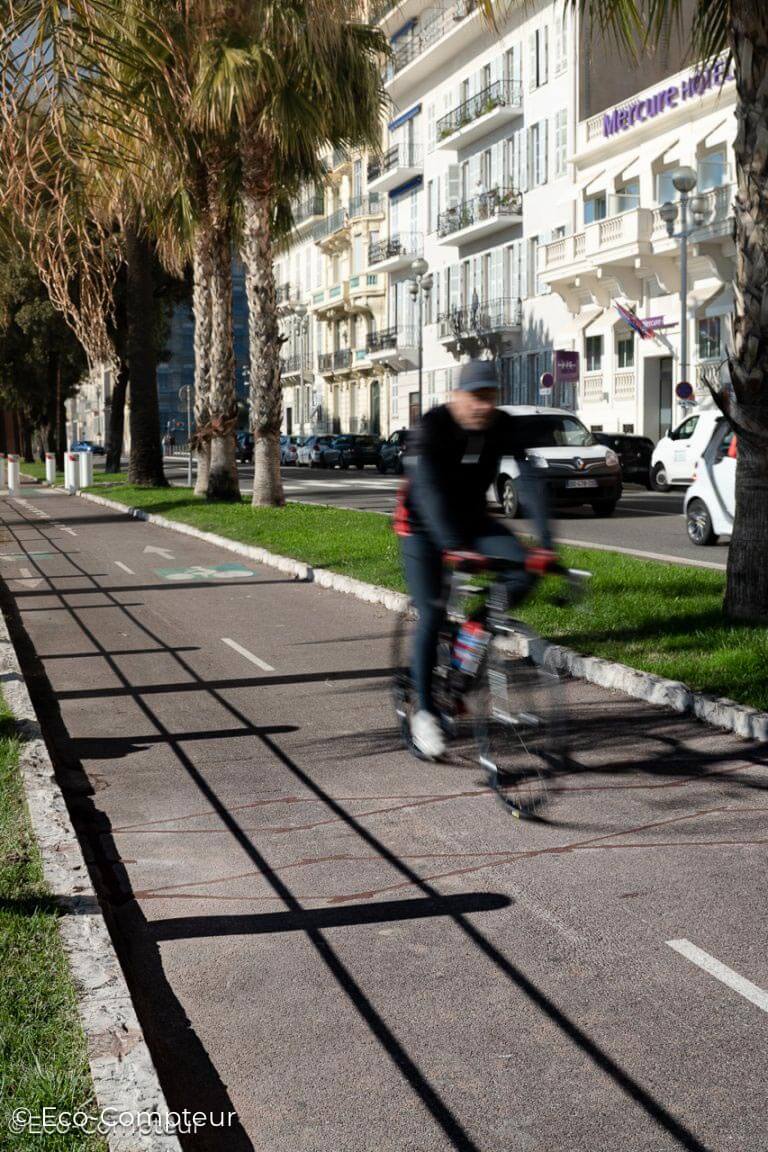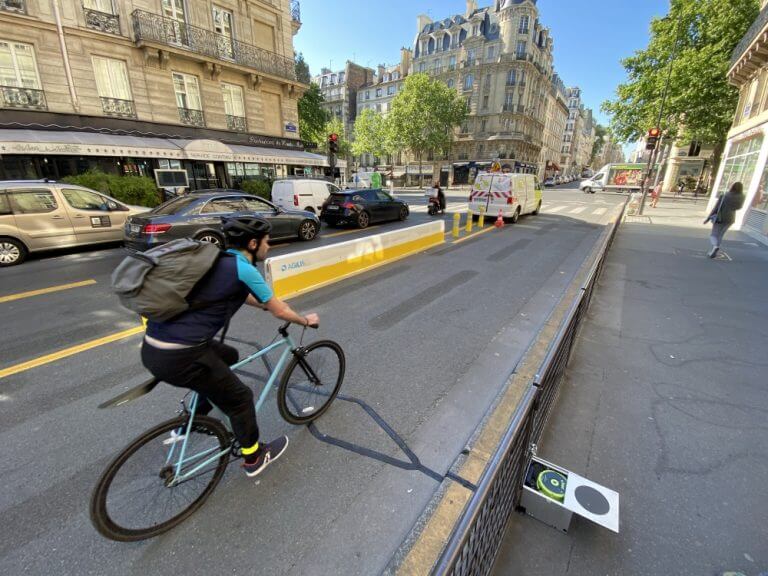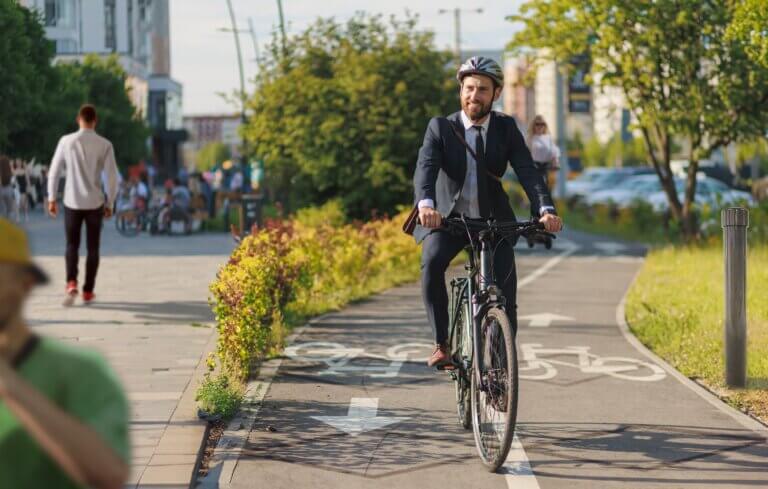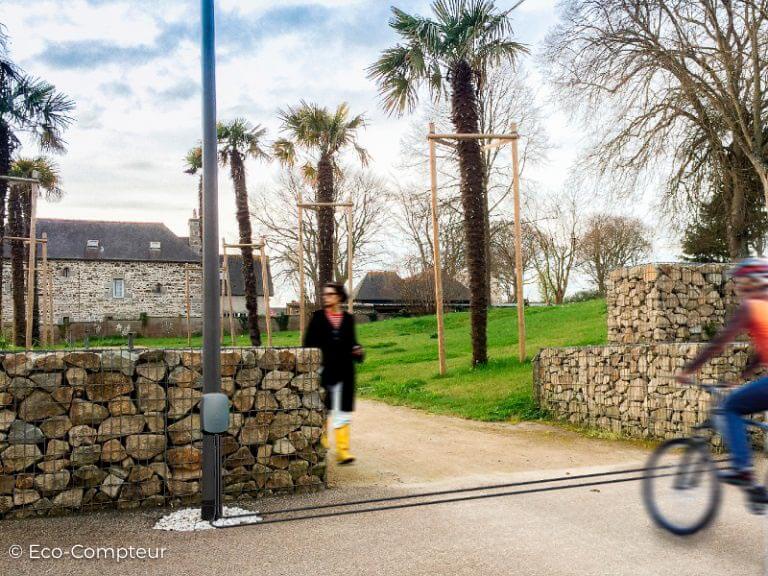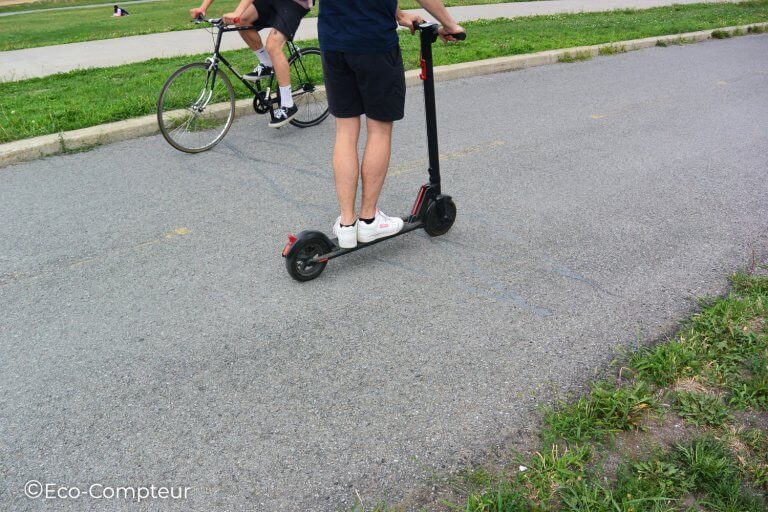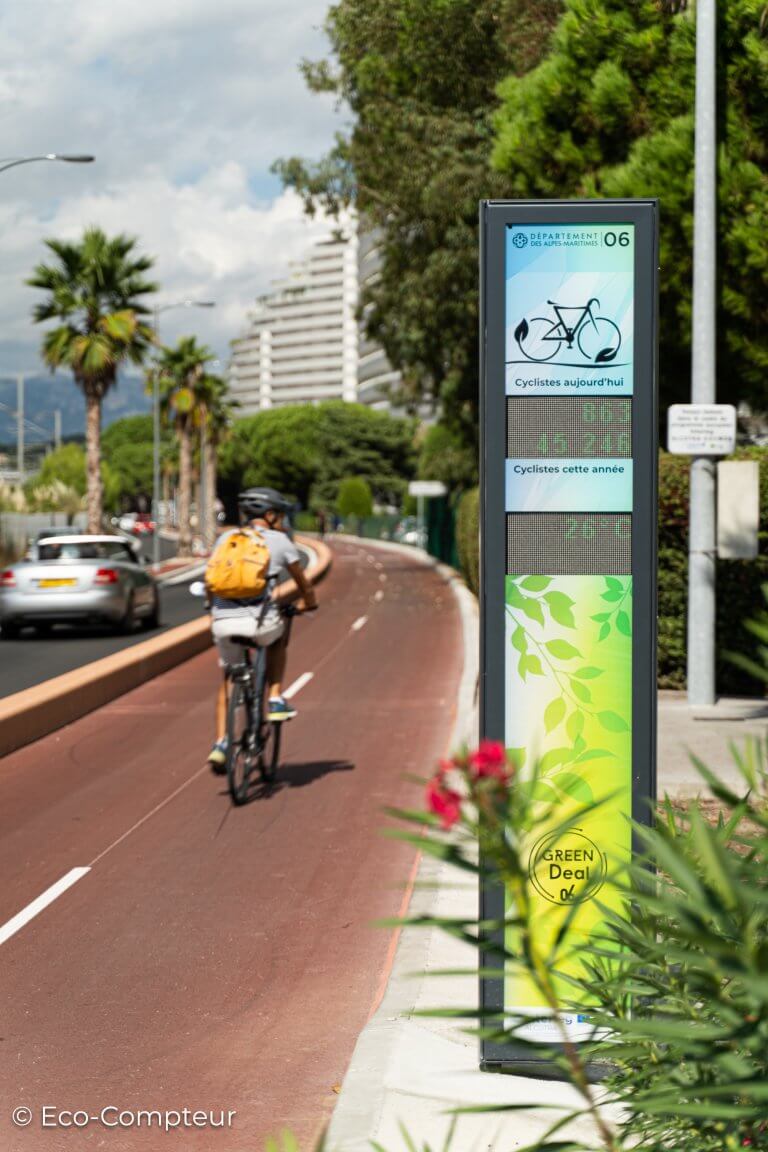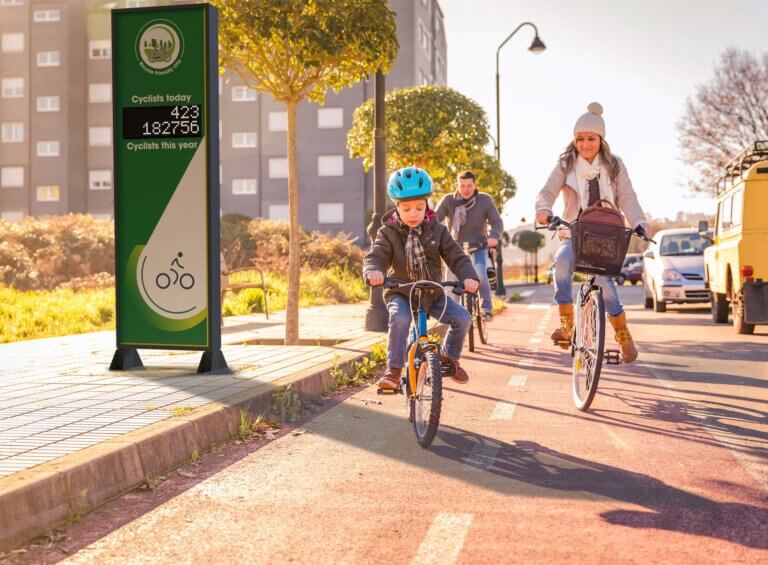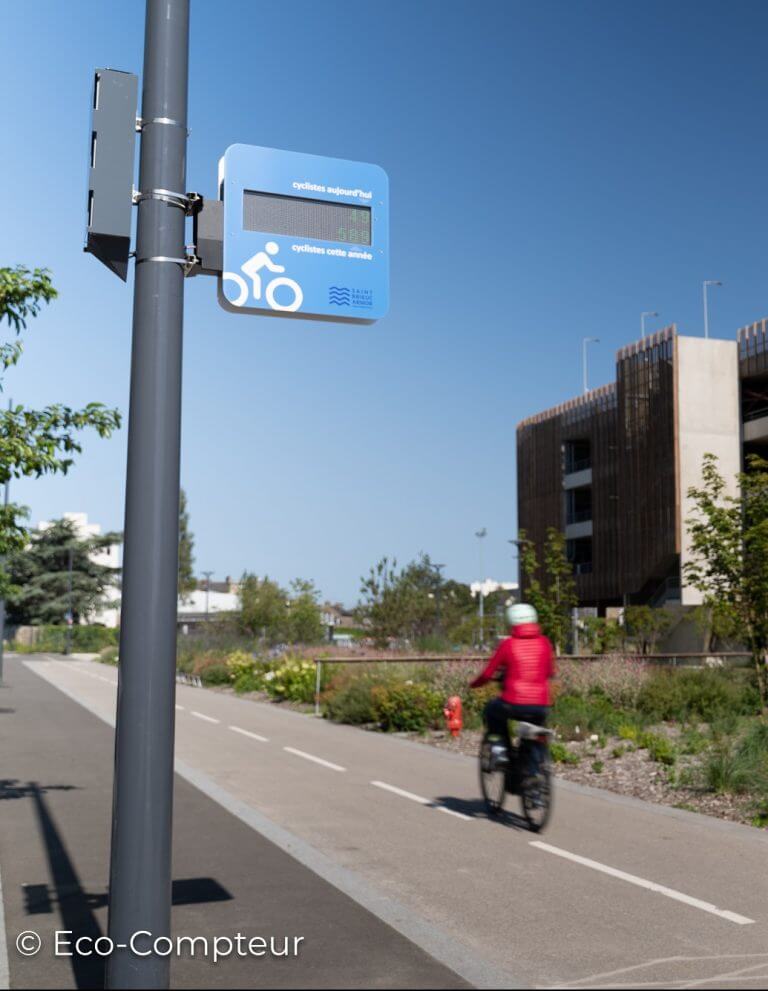A study of 100 European cities shows that cycling increased by up to 48% in cities that implemented pop-up bike lanes during the COVID-19 pandemic.
The COVID-19 crisis has led to significant changes in transportation behavior in 2020. Early evidence suggests that users switched from public transport to cars in response to the pandemic. Governments encouraged cycling as a low-cost, sustainable, equitable, and space-saving mode of transport that reduces the risk of transmission of COVID-19, in order to avoid road congestion and increased sedentary behavior. A key measure has been the reallocation of space on city streets to create temporary cycling infrastructure. As of July 8, 2020, 2,000 km of these infrastructure changes had already been announced in European cities.
A study published on April 13 2021 by Sebastian Kraus and Nicolas Koch analyzes the impact of these new bicycle infrastructures on bicycle traffic, based on bike count data collected mainly by our systems.
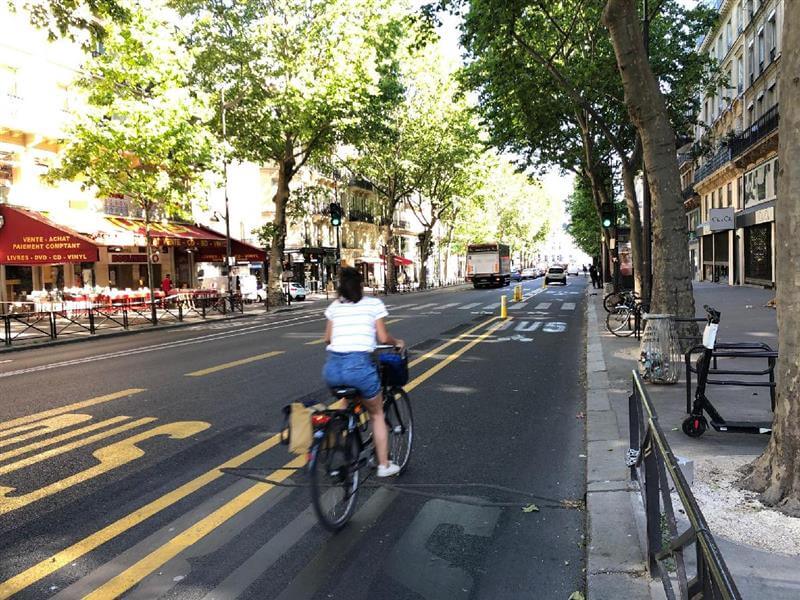
Bicycle counter installed on a temporary bike path
Methodology
Daily counts from 736 bicycle counters were collected for 106 European cities. The data was then combined with data on announced and completed temporary facilities. Within 4 months, an average of 11.5 km of temporary bike lanes were built per city.
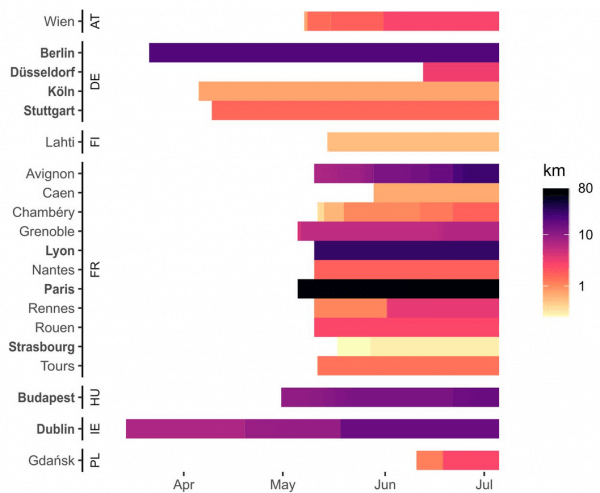
Results: 11% to 48% increase in bicycle use
Mode choices are influenced by a variety of behavioral effects that cause people to stick with their habits, such as status quo bias, default modes, and time-inconsistent preferences. However, major public transport disruptions, such as strikes, cause people to reconsider their habits, and the provision of dedicated infrastructure has been identified as an important way to increase cycling. Thus, the rapid provision of new cycling infrastructure during the COVID-19 pandemic is an appropriate policy experiment to study cycling under favorable conditions.

The results show that the policy did increase cycling by an average of 11-48%. The economic impact calculations also highlighted between $1 billion and $7 billion of health benefits per year if the new mobility habits continue.






